I am implementing a 32 bit CLA Adder like how a 16 bit adder is implemented in Wikipedia

Problem is how do I determine if the block overflows? I will need the carry into bit 32 (which is now in the last 4 bit CLA Adder) and XOR with carry out of bit 32(Check difference in MSB)?
UPDATE
Is my overflow logic correct

where Cin is the carry into the whole 16 bit block, P* is the Block Propagate, G* the block generate, and carry into bit 32 (typo, bit 16 MSB actually)

